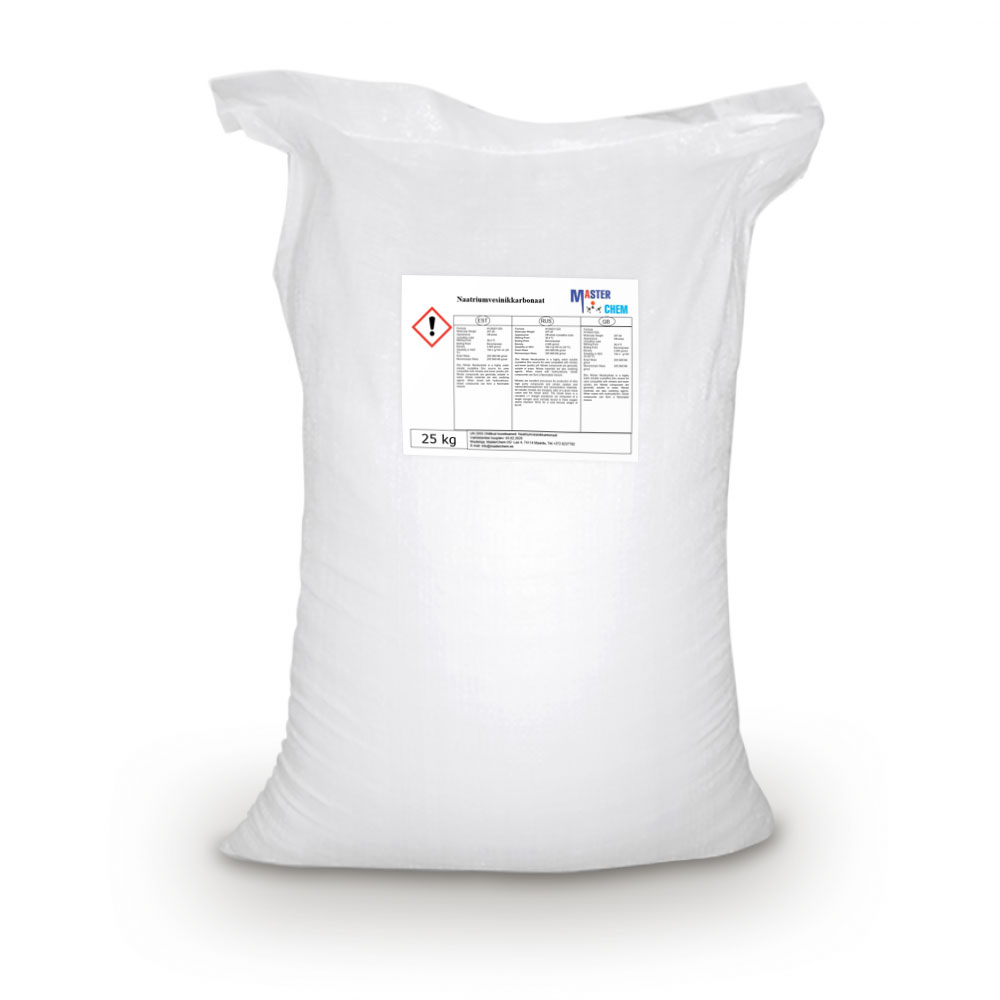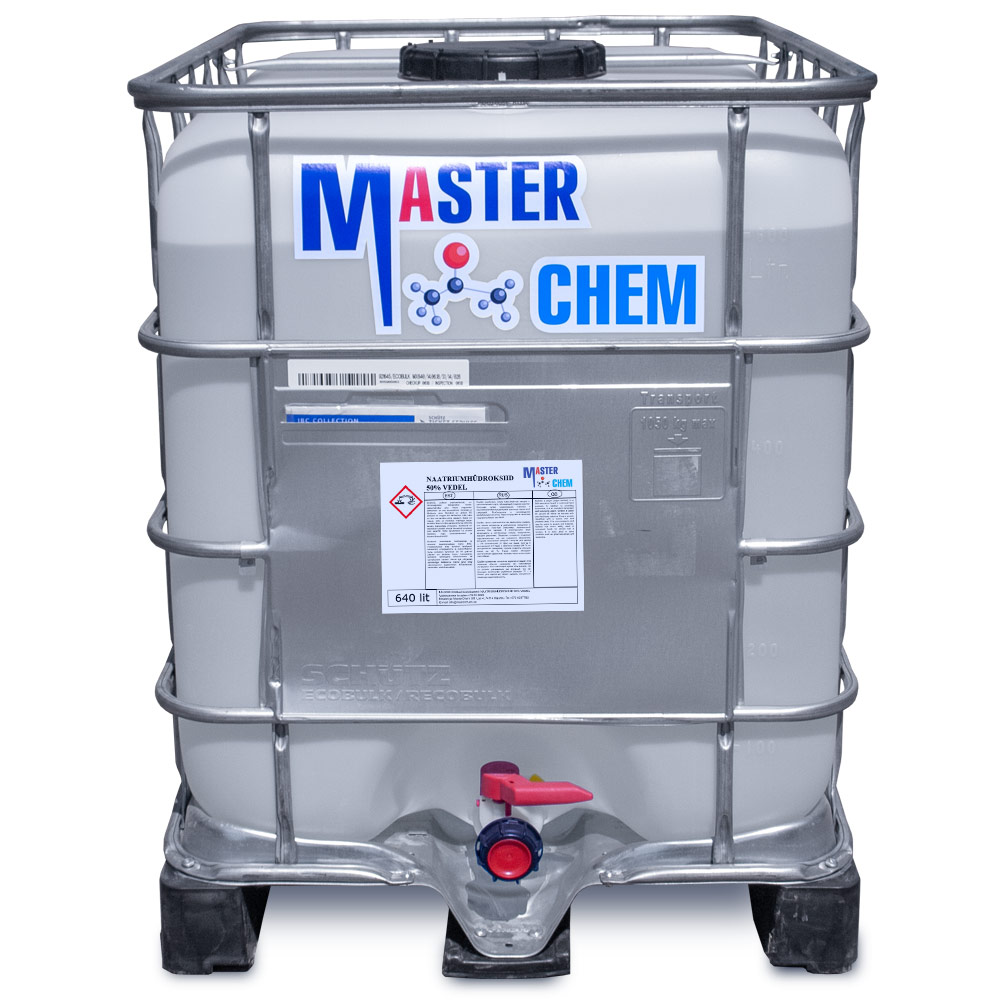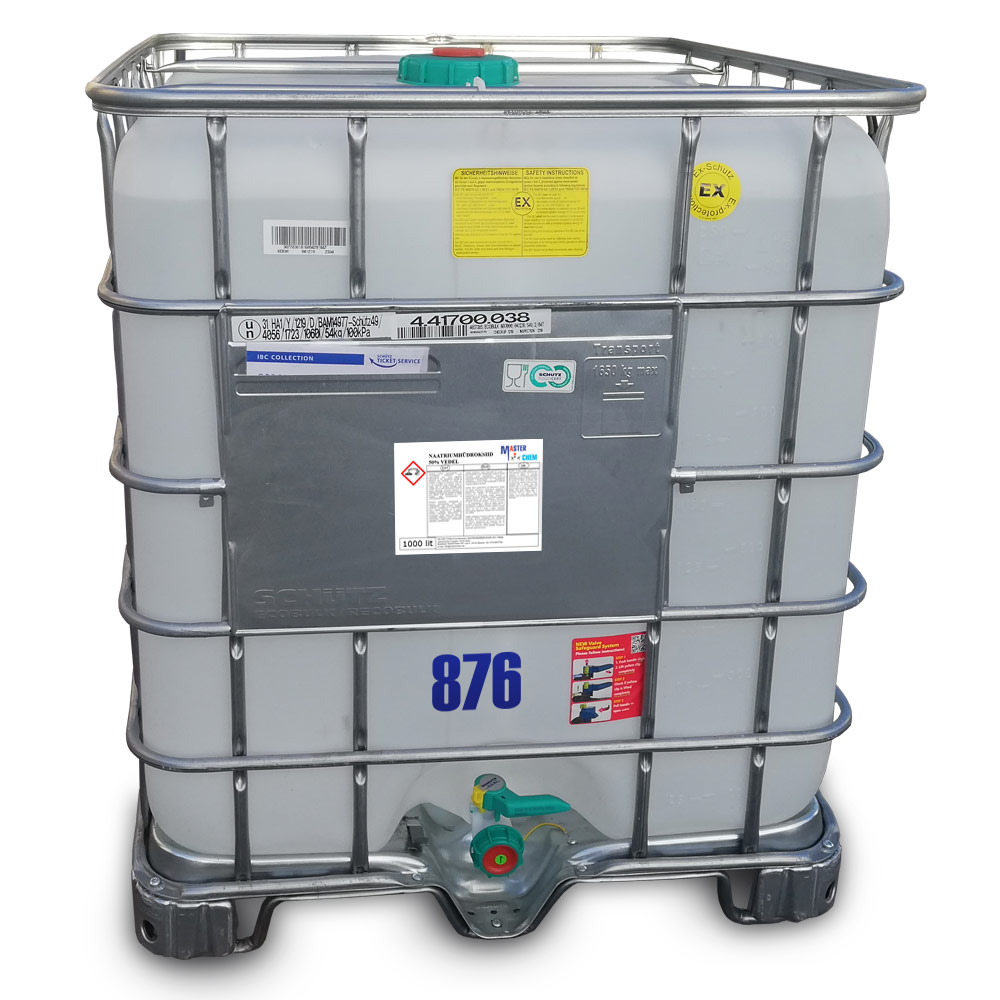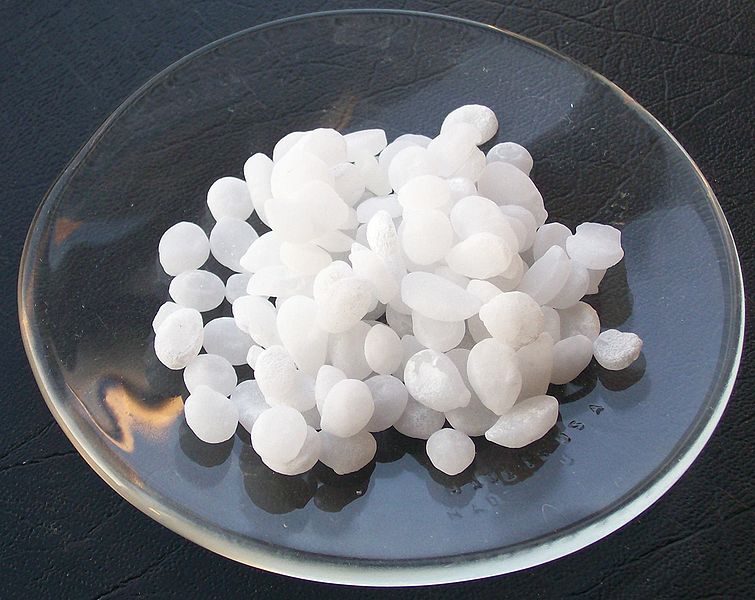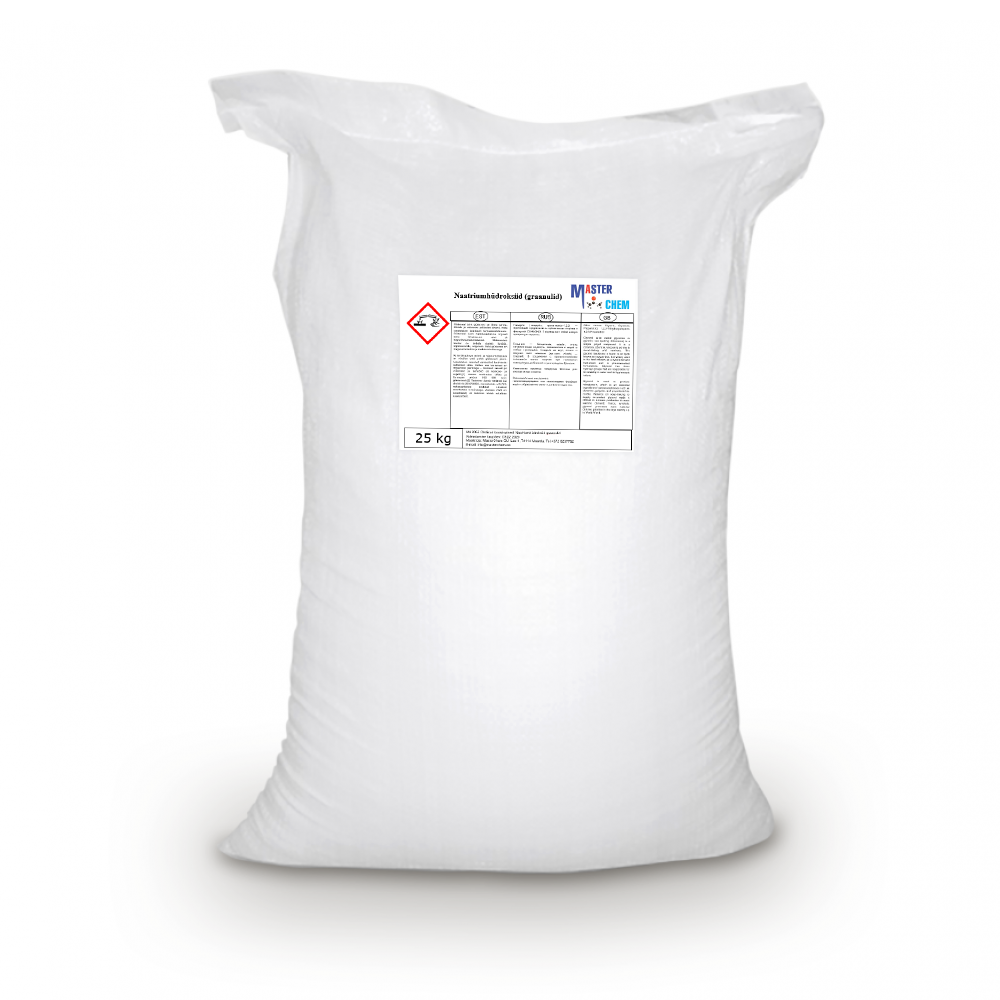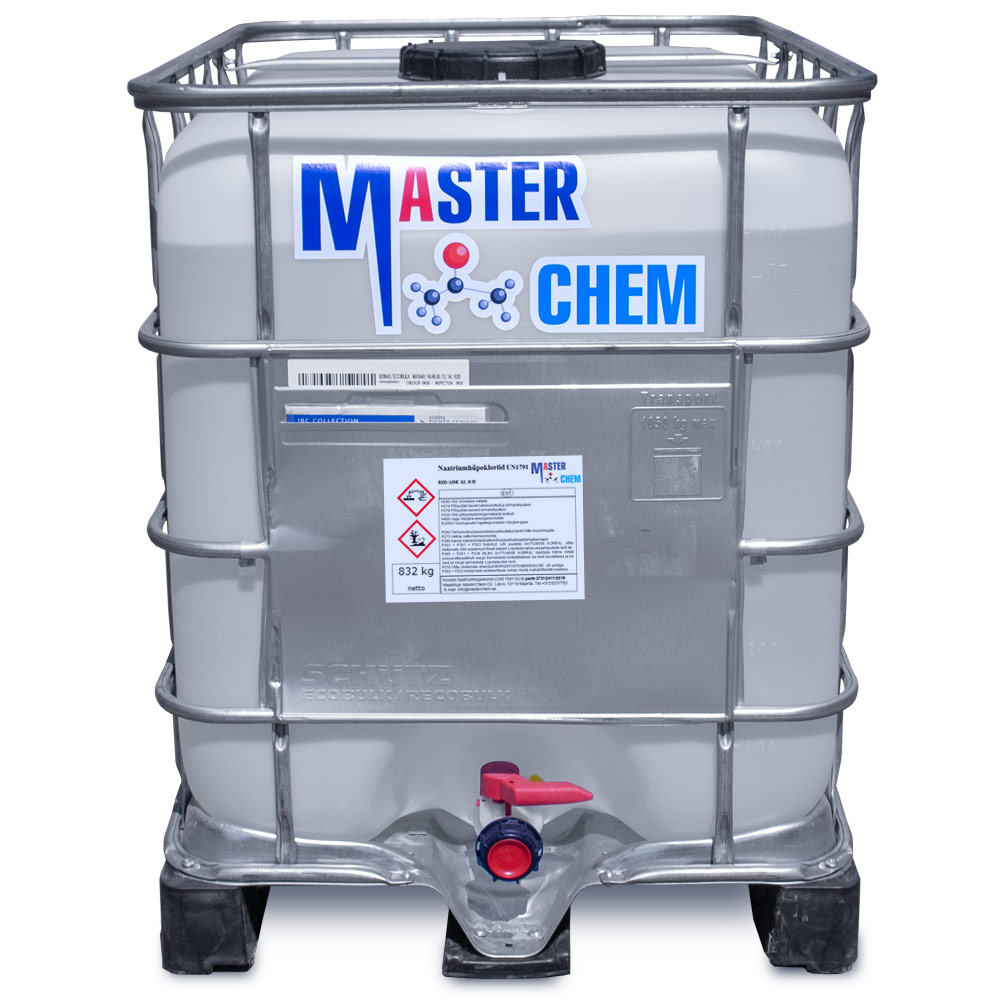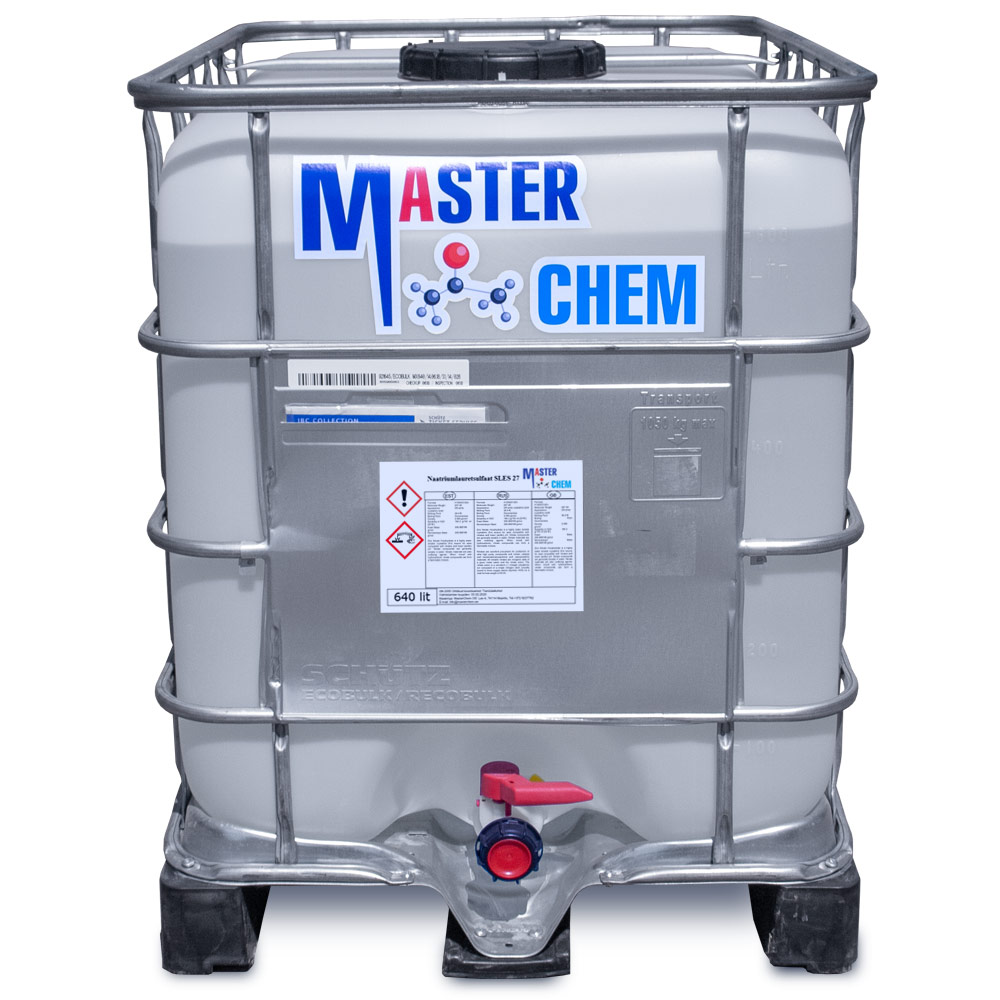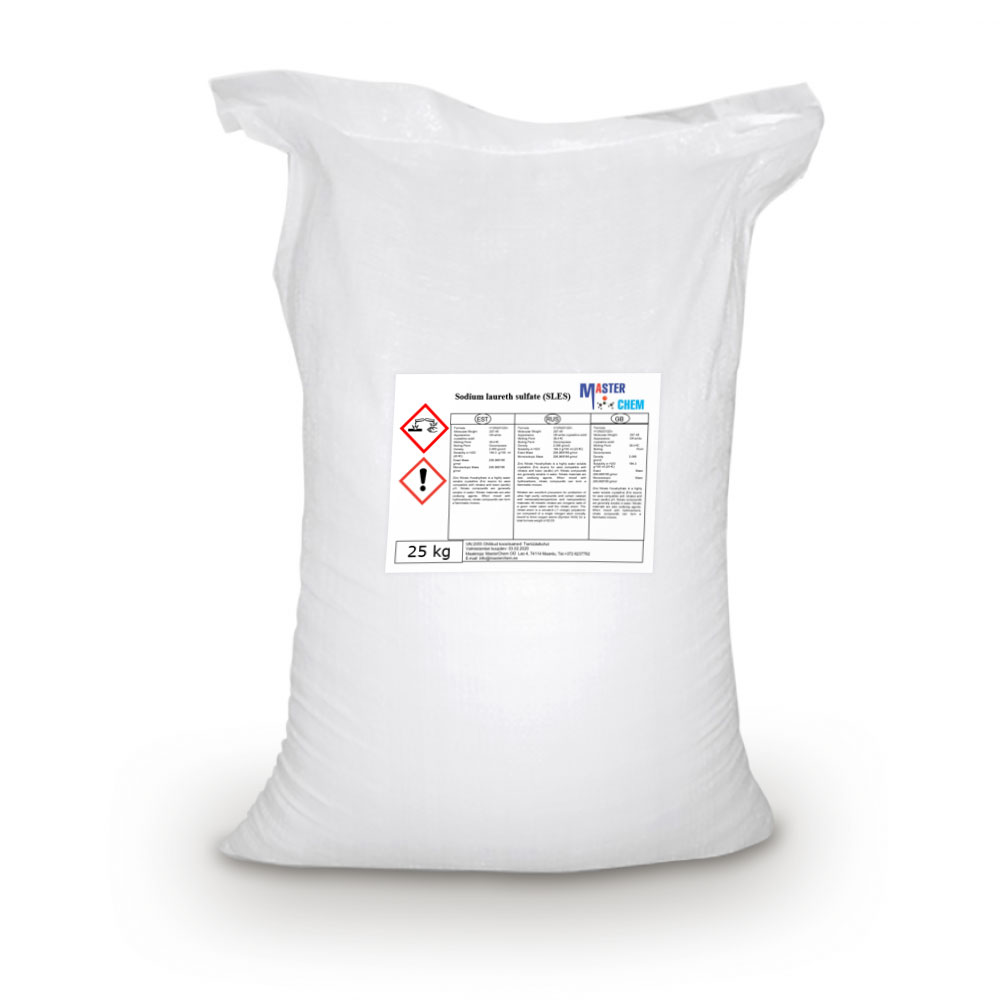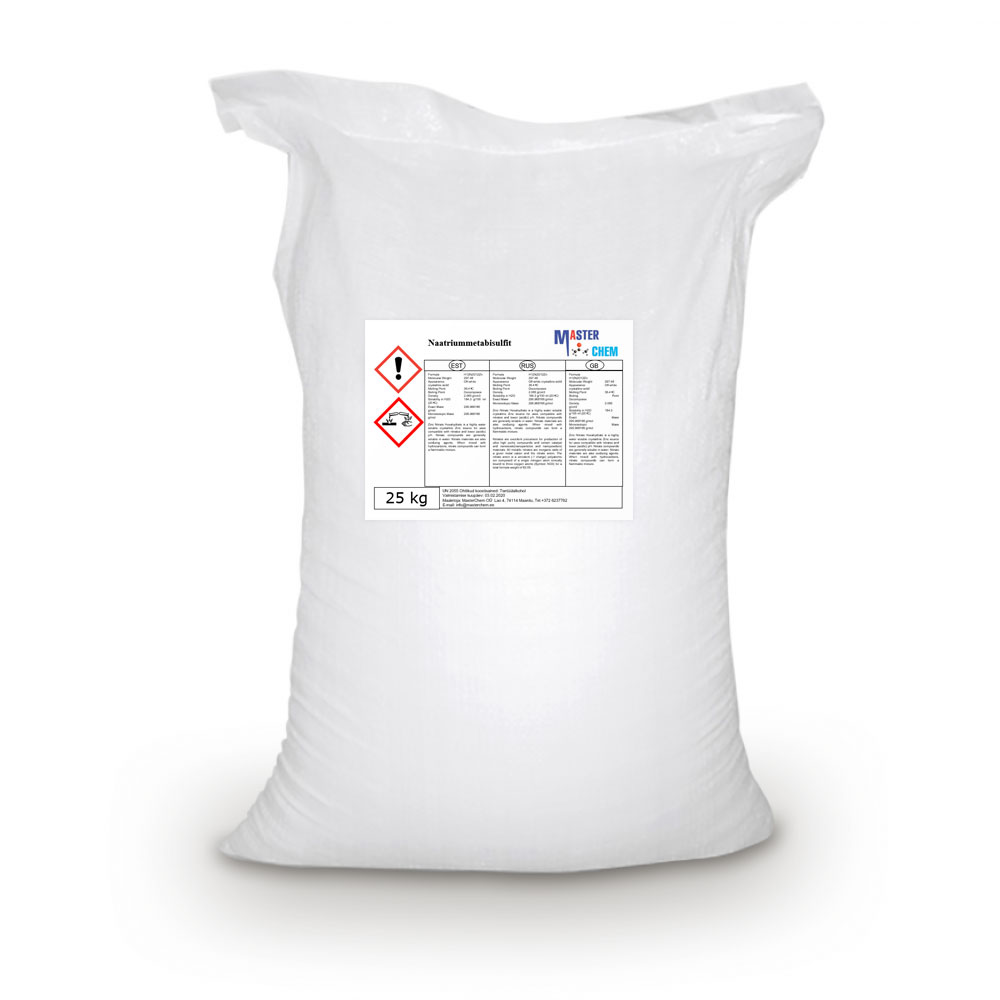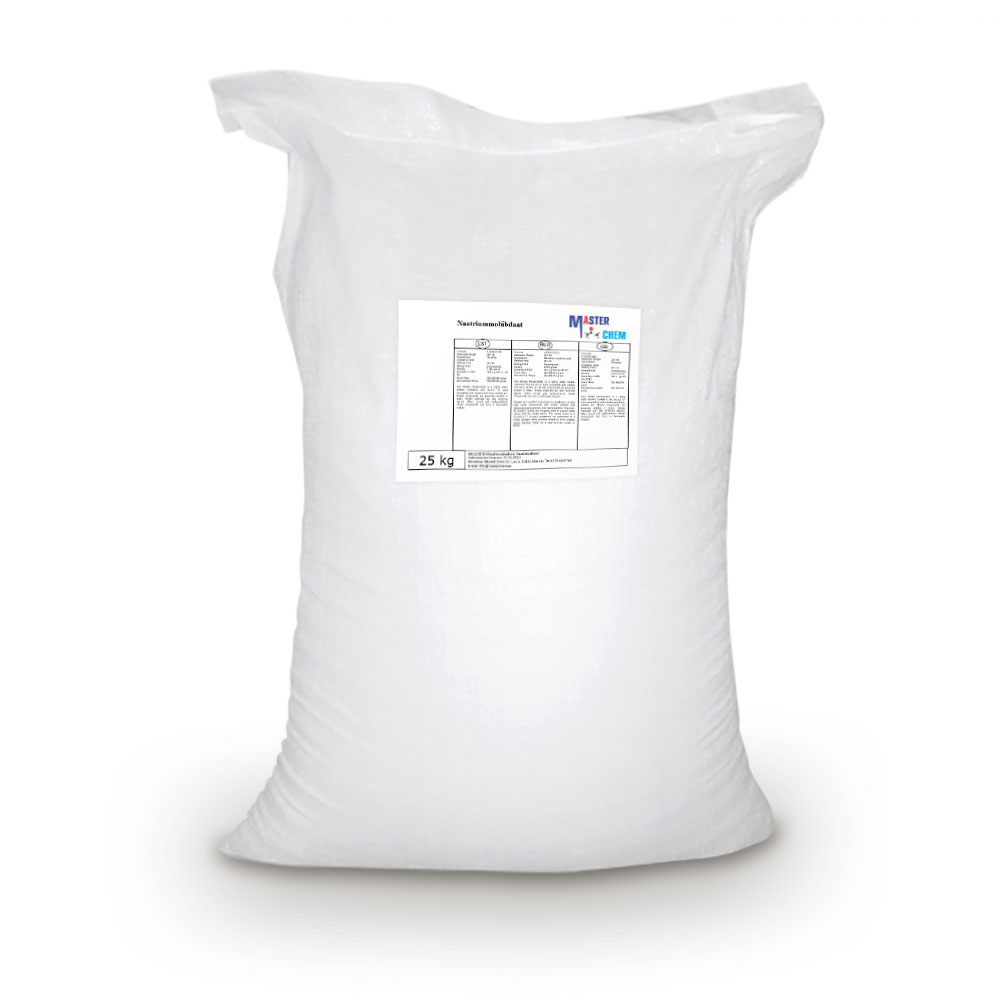Currently Empty: €0.00
Sodium hexametaphosphate (CAS 10124-56-8)
Sodium hexametaphosphate (CAS 10124-56-8)
Sodium hexametaphosphate (SHMP) is a salt of composition Na6[(PO3)6]. Sodium hexametaphosphate of commerce is typically a mixture of metaphosphates (empirical formula: NaPO3), of which the hexamer is one, and is usually the compound referred to by this name. Such a mixture is more correctly termed sodium polymetaphosphate. They are white solids that dissolve in water.
Sodium hydrocarbonate (Baking Soda) (CAS 144-55-8)
Sodium hydrocarbonate (Baking Soda) (CAS 144-55-8)
Sodium bicarbonate (IUPAC name: sodium hydrogen carbonate), commonly known as baking soda or bicarbonate of soda, is a chemical compound with the formula NaHCO3. It is a salt composed of a sodium cation (Na+) and a bicarbonate anion (HCO3−). Sodium bicarbonate is a white solid that is crystalline, but often appears as a fine powder. It has a slightly salty, alkaline taste resembling that of washing soda (sodium carbonate). The natural mineral form is nahcolite. It is a component of the mineral natron and is found dissolved in many mineral springs.
Sodium hydroxide (48% liquid) (CAS 1310-73-2)
Description:
Sodium Hydroxide, lye, caustic soda.
Inorganic chemical, the most common alkali, the chemical formula NaOH. This reactant is dissolved in water to form heat, and when reacted with certain metals, hydrogen is released. It is very hygroscopic, in the open air it “melts.” In addition to aqueous solutions, it can be produced in granular and scale form. The material is capable of corroding glass, paper, leather and other organic substances. It is a strong base and has chemical properties characteristic of these compounds.
Sodium hydroxide is a caustic and very toxic substance with pronounced alkaline properties. When working with him, you need to be careful. When getting on the skin, mucous membranes and in the eyes, serious chemical burns are formed.
Sodium hydroxide (50% liquid) (CAS 1310-73-2)
Use of sodium hydroxide 50%: Manufacture of pulp, paper and paper products.
CAS: 1310-73-2
Sodium hydroxide (CAS 1310-73-2)
Molecular formula of sodium hydroxide: NaOH
INDEX: 011-002-00-6
CAS: 1310-73-2
EC: 215-185-5
Sodium hydroxide granules (CAS 1310-73-2)
Sodium hydroxide 100% application: Chemical, food, textile, pulp and paper and various other applications.
CAS: 1310-73-2
Sodium laureth sulfate (SLES) 27 (CAS 68891-38-3)
Sodium laureth sulfate (SLES) 27 (CAS 68891-38-3)
Sodium laureth sulfate, or sodium lauryl ether sulfate (SLES), is a detergent and surfactant found in many personal care products (soaps, shampoos, toothpaste etc.). SLES is an inexpensive and very effective foaming agent. SLES, SLS and ALS are surfactants that are used in many cosmetic products for their cleansing and emulsifying properties. They behave similarly to soap.
Sodium laureth sulphate is an ionic surfactant that is primarily used as a surfactant.
An excellent foaming agent, that provides lasting and consistent foam with excellent skin cleaning abilities.
Sodium laureth sulphate imparts skin softening properties. Sodium laureth sulphate is an ionic surfactant.
Sodium laureth sulfate (SLES) 70 (CAS 9004-82-4)
Sodium laureth sulfate (SLES) 70 (CAS 9004-82-4)
Sodium lauryl polyoxyethylene ether sulfate, also known as Sodium laureth sulfate (SLES) is an anionic detergent and surfactant contained in many personal care products (soaps, shampoos, toothpaste etc.). It is an inexpensive and very effective foaming agent1. It is also a widely used in cleaning products and cosmetic. Its uses in these products have been thoroughly evaluated and determined to be safe for consumers and the environment2. However, this compound can be irritating to the eyes and skin, and may contain the carcinogen dioxane. The Cosmetic, Toiletry and Fragrance Association discourage SLES for prolonged use, unless in extremely low concentrations. According to a U.S. Environmental Protection Agency study, sodium laureth sulfate applied above a 5 percent concentration produced severe irritation, hair loss and death in laboratory animals. Despite controversy, SLES is a commonly used compound.
Sodium metabisulfite (CAS 7681-57-4)
Sodium metabisulfite (CAS 7681-57-4)
Sodium metabisulfite or sodium pyrosulfite (IUPAC spelling; Br. E. sodium metabisulphite or sodium pyrosulphite) is an inorganic compound of chemical formula Na2S2O5. The substance is sometimes referred to as disodium metabisulfite. It is used as a disinfectant, antioxidant, and preservative agent.
Sodium metasilicate pentahydrate (CAS 10213-79-3)
Sodium metasilicate pentahydrate (CAS 10213-79-3)
Sodium metasilicate is the chemical substance with formula Na2SiO3, which is the main component of commercial sodium silicate solutions. It is an ionic compound consisting of sodium cations Na+ and the polymeric metasilicate anions [–SiO2−3–]n. It is a colorless crystalline hygroscopic and deliquescent solid, soluble in water (giving an alkaline solution) but not in alcohols.
Sodium molybdate (CAS 7631-95-0)
Sodium molybdate (CAS 7631-95-0)
Sodium molybdate, Na2MoO4, is useful as a source of molybdenum. This white, crystalline salt is often found as the dihydrate, Na2MoO4·2H2O.
The molybdate(VI) anion is tetrahedral. Two sodium cations coordinate with every one anion.
It is used in industry for corrosion inhibition, as it is a non-oxidizing anodic inhibitor. The addition of sodium molybdate significantly reduces the nitrite requirement of fluids inhibited with nitrite-amine, and improves the corrosion protection of carboxylate salt fluids. In industrial water treatment applications where galvanic corrosion is a potential due to bimetallic construction, the application of sodium molybdate is preferred over sodium nitrite. Sodium molybdate has the advantage in that the dosing of lower ppm’s of molybdate allow for lower conductivity of the circulating water. Sodium molybdate at levels of 50-100 ppm offer the same levels of corrosion inhibition as sodium nitrite at levels of 800+ ppm. By utilizing lower concentrations of sodium molybdate, conductivity is kept at a minimum and thus galvanic corrosion potentials are decreased.


